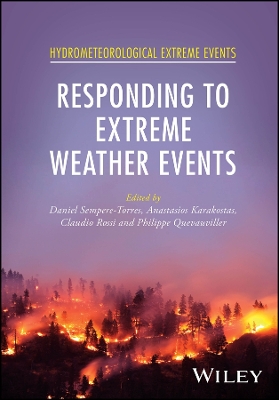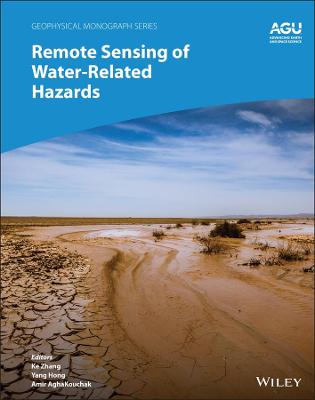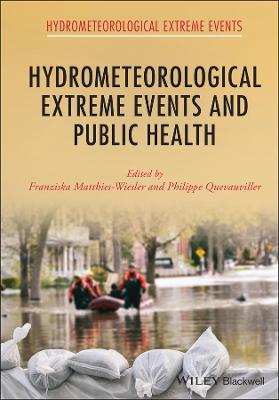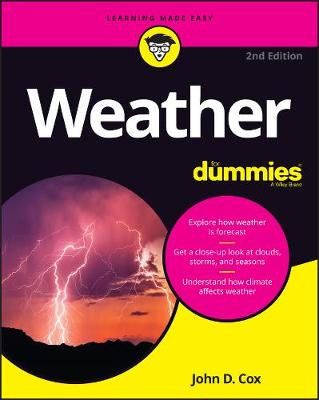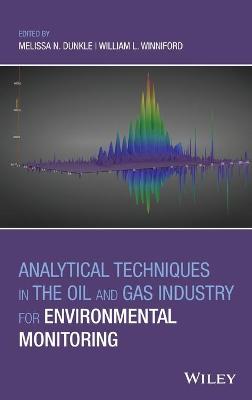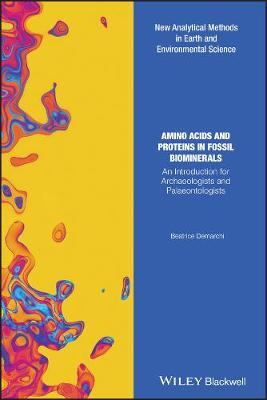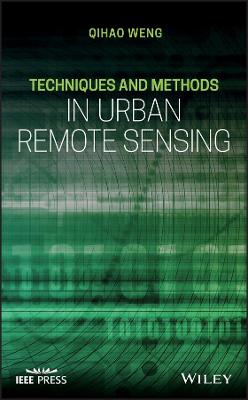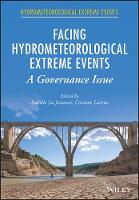Extraterrestrial Remote Sensing and Climate Change
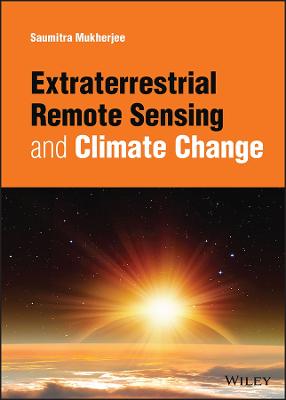 -15%
portes grátis
-15%
portes grátis
Extraterrestrial Remote Sensing and Climate Change
Mukherjee, Saumitra
John Wiley & Sons Inc
12/2022
176
Dura
Inglês
9781119164623
15 a 20 dias
666
Acknowledgments ix
1 Extraterrestrial Remote Sensing 1
1.1 Introduction 1
2 Principles of Remote Sensing of Sun-Earth Climate 7
2.1 Introduction 7
2.2 SEVAN Data Interpretation for Solar Influence on Climate Change 9
2.3 Changes Within the Sun in 24 Hours and Its Effect on the Environment of the Earth 12
3 Extraterrestrial Remote Sensing Satellites 17
3.1 Introduction 17
3.2 Workstation Requirements 20
3.3 Sun Heliophysical Observatory (SOHO) Interdisciplinary Science Matrix 21
4 Extraterrestrial Satellite Data Collection and Interpretation 28
4.1 Introduction 28
4.2 The Sunspot Activities 34
4.2.1 Solar Flares Behave Like a Twinkling Butterfly 34
5 Terrestrial Satellite Data Correlation with Extraterrestrial Satellite Data 40
5.1 Morphological Units 42
5.2 Terrestrial Correlation 42
5.3 Geomorphology of Terrestrial Analogue 43
5.4 Landform Features of Terrestrial Analogue 44
5.5 Terrain Roughness Index 44
5.6 Mineralogy of Soil Samples 45
5.7 Exploration Missions 46
6 Solar Eclipse and Climate Change 51
6.1 Introduction 51
6.2 The Data Interpretation 51
6.2.1 Tropospheric NO2 Data 52
6.2.2 Aerosol Data 52
6.2.3 Cloud Data 53
6.2.4 Cosmic Ray Data 53
6.2.5 Electron Flux Data 53
7 Snowfall Influenced by the Changes in the Sun 65
7.1 Introduction 65
7.2 Sun-Earth Cosmic Connection in Glacier and Snowfall 66
7.3 Star-Sun Influence on the Earth's Atmosphere 68
8 Rainfall Prediction by Cosmic Ray Variability 74
8.1 Introduction 74
8.2 Cosmic Rays and Rainfall 74
8.3 JNU, New Delhi, India, Showing Sudden Rise in Cosmic Particle Count Rate on 10 April 2012 77
8.4 Influence of Solar Activity onWeather Prediction 79
9 Earthquake Prediction by Using Solar and Cosmic Ray Data 83
9.1 Introduction 83
9.2 National Capital Region, India: Tectonics and Extraterrestrial Influence 83
9.3 Gujarat, Kutch, India Region: Tectonics and Extraterrestrial Influence 86
10 Global Warming and Changes in the Sun 92
10.1 Introduction 92
10.2 Impact of Solar Changes on GlobalWarming 93
10.3 Arguments in Contradiction to the View of GlobalWarming 102
11 Extraterrestrial Remote Sensing of Planets 105
11.1 Introduction 105
11.2 Radio Emissions of JupiterWere Inferred to Establish Its Magnetic Field 106
11.3 Planets Influenced by Pleiades 109
11.4 Influence of the Solar Storms Affects Saturn 111
12 Remote Sensing of the Moon of the Earth 114
12.1 Landing Site Selection Based on Morphology and Mineralogy of the Basin 121
12.2 Morphological Study of the Crater 126
12.2.1 Fractures on Crater Floor 126
12.2.2 Central Peak 126
12.2.3 TerracedWalls 126
12.2.4 Rampart Crater 127
12.2.5 Formation of Catena Krafft 127
12.2.6 Rays Around the Crater 129
12.3 Morphological Variations in Light of Mineralogy of the Study Area 129
References 131
Further Reading 132
13 Remote Sensing of Mars 134
Further Reading 141
14 Future of Extraterrestrial Remote Sensing 146
14.1 Introduction 146
14.2 High-resolution Extraterrestrial Investigation 147
14.3 Ionosphere Monitoring Satellite 149
Further Reading 156
Index 159
Acknowledgments ix
1 Extraterrestrial Remote Sensing 1
1.1 Introduction 1
2 Principles of Remote Sensing of Sun-Earth Climate 7
2.1 Introduction 7
2.2 SEVAN Data Interpretation for Solar Influence on Climate Change 9
2.3 Changes Within the Sun in 24 Hours and Its Effect on the Environment of the Earth 12
3 Extraterrestrial Remote Sensing Satellites 17
3.1 Introduction 17
3.2 Workstation Requirements 20
3.3 Sun Heliophysical Observatory (SOHO) Interdisciplinary Science Matrix 21
4 Extraterrestrial Satellite Data Collection and Interpretation 28
4.1 Introduction 28
4.2 The Sunspot Activities 34
4.2.1 Solar Flares Behave Like a Twinkling Butterfly 34
5 Terrestrial Satellite Data Correlation with Extraterrestrial Satellite Data 40
5.1 Morphological Units 42
5.2 Terrestrial Correlation 42
5.3 Geomorphology of Terrestrial Analogue 43
5.4 Landform Features of Terrestrial Analogue 44
5.5 Terrain Roughness Index 44
5.6 Mineralogy of Soil Samples 45
5.7 Exploration Missions 46
6 Solar Eclipse and Climate Change 51
6.1 Introduction 51
6.2 The Data Interpretation 51
6.2.1 Tropospheric NO2 Data 52
6.2.2 Aerosol Data 52
6.2.3 Cloud Data 53
6.2.4 Cosmic Ray Data 53
6.2.5 Electron Flux Data 53
7 Snowfall Influenced by the Changes in the Sun 65
7.1 Introduction 65
7.2 Sun-Earth Cosmic Connection in Glacier and Snowfall 66
7.3 Star-Sun Influence on the Earth's Atmosphere 68
8 Rainfall Prediction by Cosmic Ray Variability 74
8.1 Introduction 74
8.2 Cosmic Rays and Rainfall 74
8.3 JNU, New Delhi, India, Showing Sudden Rise in Cosmic Particle Count Rate on 10 April 2012 77
8.4 Influence of Solar Activity onWeather Prediction 79
9 Earthquake Prediction by Using Solar and Cosmic Ray Data 83
9.1 Introduction 83
9.2 National Capital Region, India: Tectonics and Extraterrestrial Influence 83
9.3 Gujarat, Kutch, India Region: Tectonics and Extraterrestrial Influence 86
10 Global Warming and Changes in the Sun 92
10.1 Introduction 92
10.2 Impact of Solar Changes on GlobalWarming 93
10.3 Arguments in Contradiction to the View of GlobalWarming 102
11 Extraterrestrial Remote Sensing of Planets 105
11.1 Introduction 105
11.2 Radio Emissions of JupiterWere Inferred to Establish Its Magnetic Field 106
11.3 Planets Influenced by Pleiades 109
11.4 Influence of the Solar Storms Affects Saturn 111
12 Remote Sensing of the Moon of the Earth 114
12.1 Landing Site Selection Based on Morphology and Mineralogy of the Basin 121
12.2 Morphological Study of the Crater 126
12.2.1 Fractures on Crater Floor 126
12.2.2 Central Peak 126
12.2.3 TerracedWalls 126
12.2.4 Rampart Crater 127
12.2.5 Formation of Catena Krafft 127
12.2.6 Rays Around the Crater 129
12.3 Morphological Variations in Light of Mineralogy of the Study Area 129
References 131
Further Reading 132
13 Remote Sensing of Mars 134
Further Reading 141
14 Future of Extraterrestrial Remote Sensing 146
14.1 Introduction 146
14.2 High-resolution Extraterrestrial Investigation 147
14.3 Ionosphere Monitoring Satellite 149
Further Reading 156
Index 159


